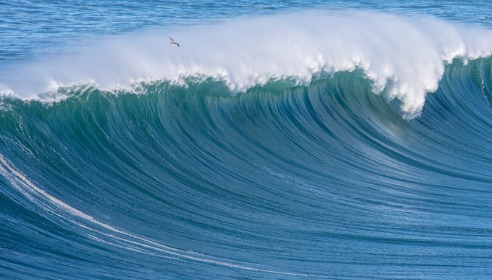Developing and acquiring 1.2 GW of solar by 2030
Our aim is to develop a pipeline of projects to deliver large scale batteries while also developing a growing solar energy portfolio.
Read More
We are progressing a pipeline of projects and acquisitions, including initiatives with our trusted partners, to deliver our 5GWs of renewable electricity by 2030 target and net zero emissions by 2040.
Our aim is to develop a pipeline of projects to deliver large scale batteries while also developing a growing solar energy portfolio.
Read More
Since 1998, starting with our 5MW wind farm in Crockahenny, we’ve built an onshore wind portfolio supplying nearly 850MW of clean energy in Ireland and the UK.
Read More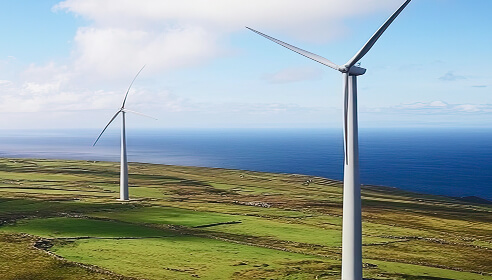
Offshore wind is playing a major role globally in mankind's fight against climate change and our transition to a zero carbon economy. We have been involved in offshore wind generation since 2017 with a number of planned projects for Ireland and the UK.
Read More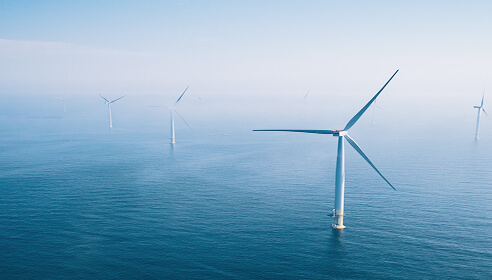
We are continuing the transformation of our Moneypoint power station in Co Clare into a renewable energy hub with the end of coal generation earlier than planned, representing a significant milestone in our net zero carbon strategy.
Moneypoint will remain a key site for ESB and for the Mid-West region as the station evolves and transforms to support the Irish government to achieve its climate targets.
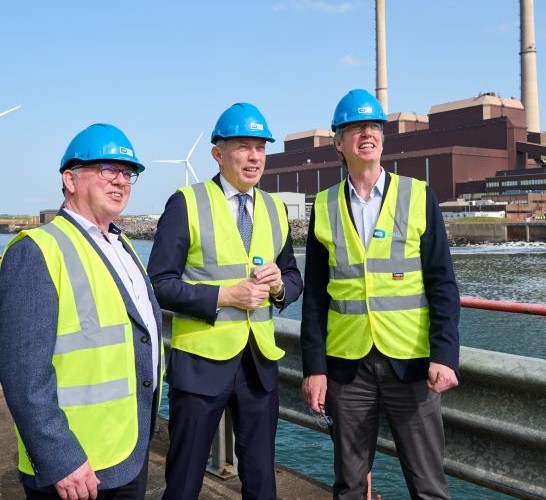
We have partnered with DP Energy to develop Lyra onshore wind farm in Co Mayo, with the potential to generate 100MW of clean energy.
Located approximately 7km of Wesport, the proposed project will generate enough energy to power more than 70,000 homes on an annual basis.

We currently have more than 300MWs of battery storage capacity in operation in Ireland, making it one of the largest battery portfolios in Europe.
Watch Video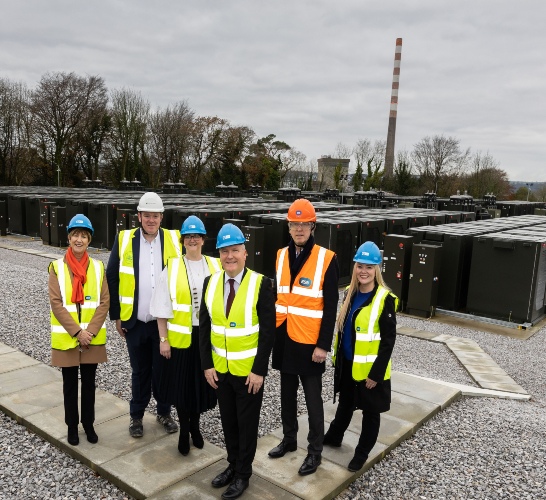
We have set an ambitious and bold course of action to help Ireland achieve climate action targets and transition the country to reliable, affordable, net zero energy. Green Atlantic @ Moneypoint is a multi-billion Euro programme of significant investments on the County Clare site over the next decade.
Watch Video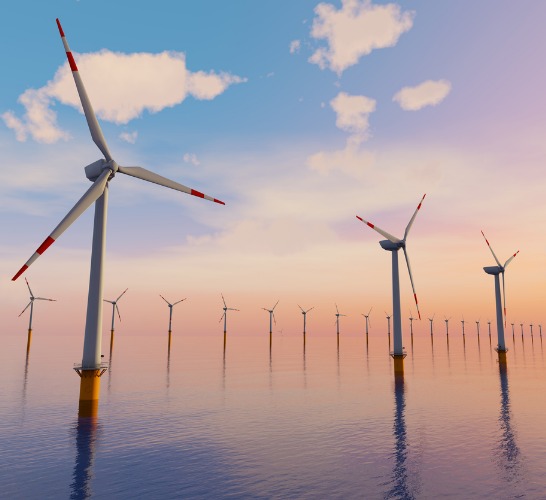
We have deployed fuel cell units as part of the first phase of a demonstration-scale green hydrogen lighthouse project. We have hosted the facilities at the Irish Open at Portrush as well as Microsoft and our head office in Dublin.
Watch Video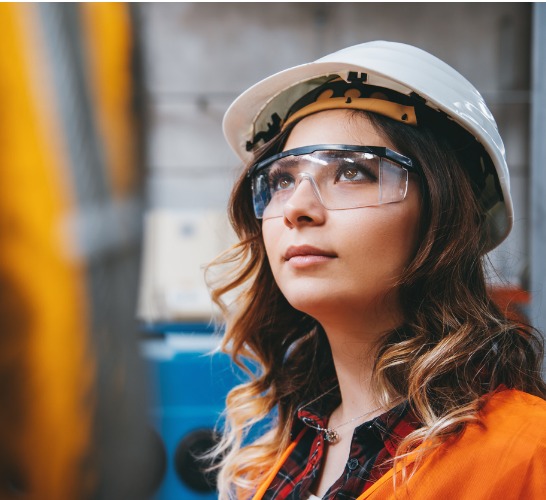
Fuel: Natural gas with distillate as an emergency back-up
Capacity: 463 MW
Commissioned: 1971, 1984 and 2000
Technology: Combined cycle gas Turbine
The City of Dublin Electricity Works founded Pigeon House Power Station in 1903 and the site supplied most of Dublin’s electricity until the 1950s.
We took over the site in 1971 and the station has been through several technology changes since then.
More recently, in 2000, we upgraded Poolbeg to use combined gas cycle technology (CCGT). At the time, this brought the CCGT unit thermal efficiency to 52% and overall output to 480 MW. The CCGT technology includes: two Siemens V94.2 gas turbines, two Siemens/Austrian Energy Heat Recover Steam Generators (boilers) and one Siemens steam turbine. Siemens electrical generators are fitted to each of the two gas turbines and steam turbine.
Finally, on 31 March 2010, we retired Poolbeg Units 1, 2 and 3, leaving the station’s output at 480MW MW from the CCGT unit.
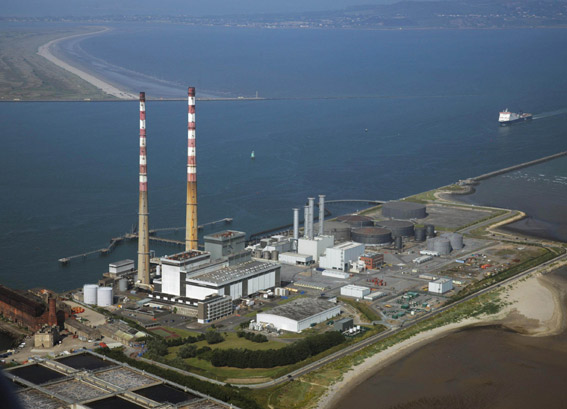
We believe hydrogen produced from renewable electricity will play a critical role in the decarbonisation of many sectors.
Read More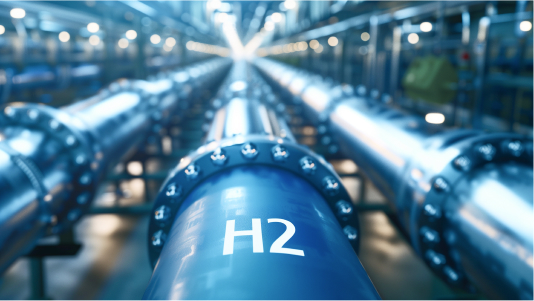
Harnessing our natural resources – including wave - can help Ireland achieve its climate targets and provide clean energy for homes, farms and businesses.
Read More